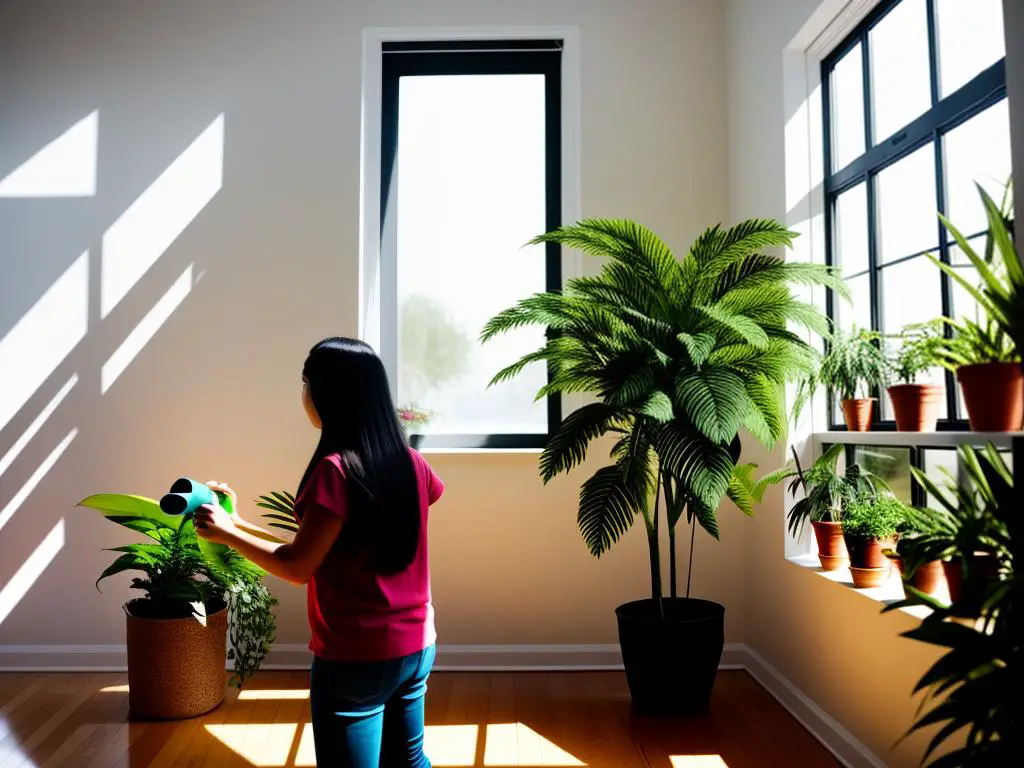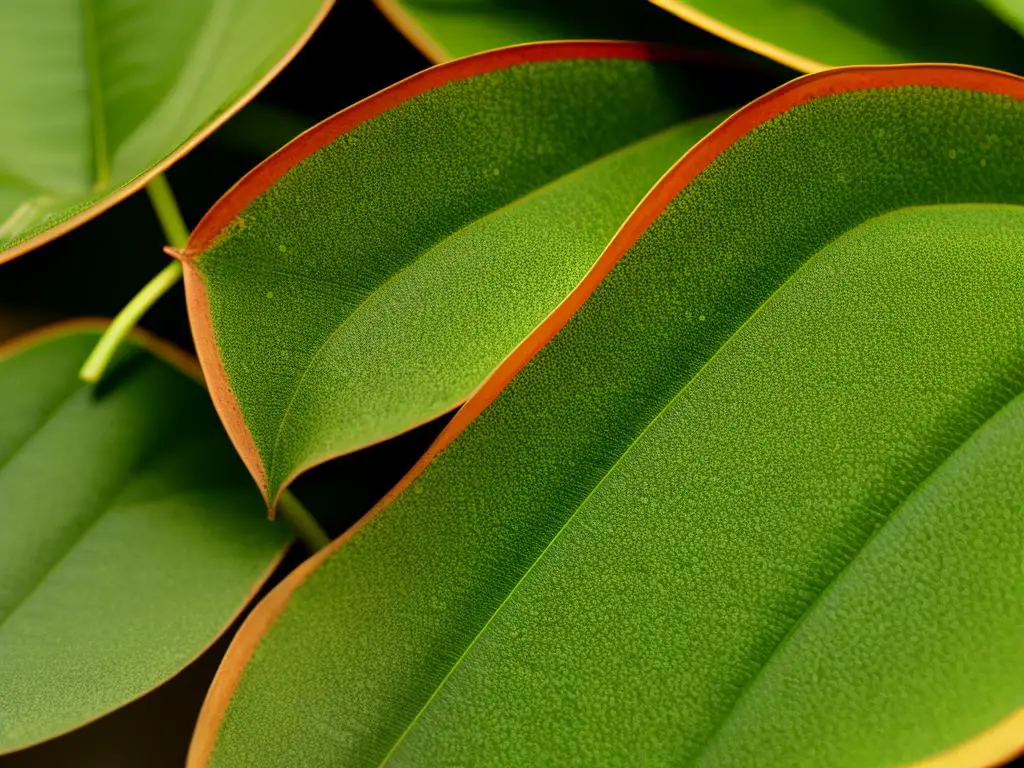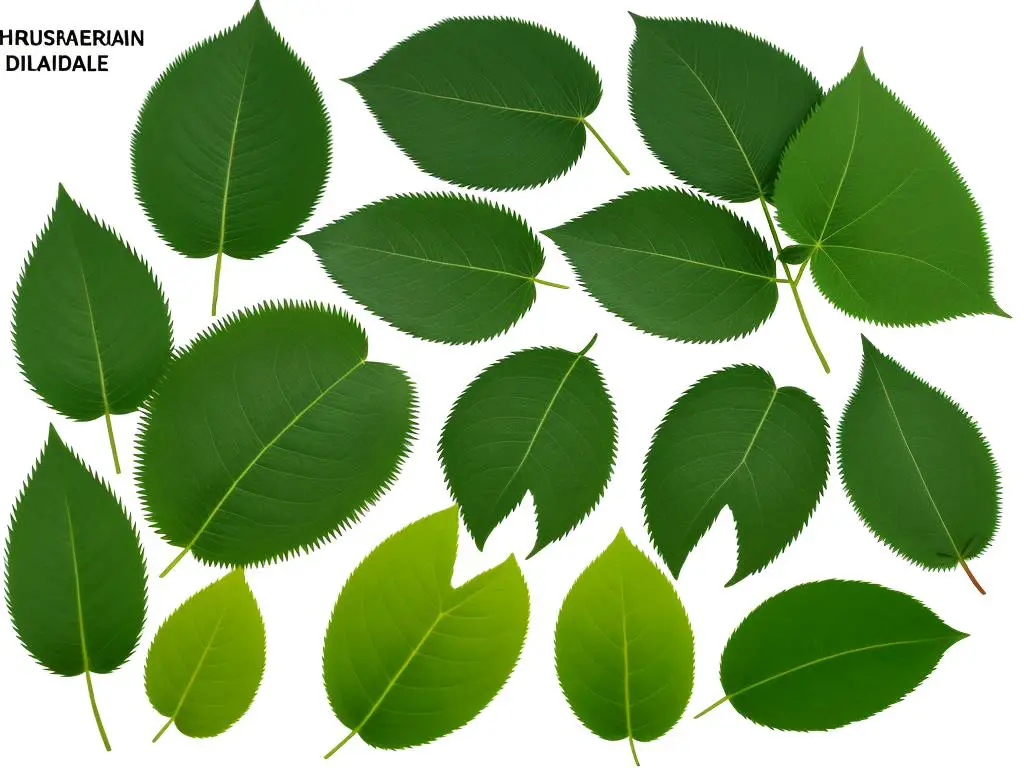The wonder of nurturing houseplants can become a fulfilling hobby, bestowing not only aesthetic pleasure but also a unique feeling of contentment. However, helping our green companions thrive involves a grasp of their inherent physiology and a watchful eye to detect health problems. Delving into the anatomy, growth patterns, and needs of common houseplants, it becomes easier to perceive when something is amiss. Yet, detecting that your plants are not at their best is only half of the battle. It is crucial to extend your knowledge and understand the array of diseases that can afflict your indoor garden. Covering a spectrum from fungal contaminations and root rots to bacterial and viral diseases, this knowledge will take you one step closer to preserving the vibrancy of your flora sanctuary.
Understanding Houseplant Physiology
Introduction to Houseplant Physiology
Just like us curious young adults, every houseplant has its own set of needs and requirements. Some of these include natural light, water and an appropriate temperature. However, to really understand what your plant needs, you must delve deeper into a subject called ‘houseplant physiology’. This is a fascinating field that reveals the underlying mechanics of how plants grow and develop. By learning this, you will also be able to recognise when your plant may be falling ill to a common houseplant disease.
Understanding Growth Patterns
Each houseplant has its own unique growth pattern. Some plants grow tall and slim, whilst others form dense, more bushy growths. For instance, a snake plant (Sansevieria) grows upright, whilst a Pothos plant tends to trail and vine. By observing and understanding these patterns, you can diagnose when plant growth is not following its established pattern, a potential sign of disease or poorly-met needs.
Watering Requirements
Gone are the days of watering houseplants willy-nilly. Hydration for these house dwellers is often a complex matter. Some plants prefer a regular watering schedule, whilst others desire a more sporadic, deep watering to mimic rainfall. Understanding how much and how often each specific plant needs water is key in maintaining its health and identifying possible symptoms of disease, such as yellowing leaves or root rot.
Shining a Light on Sunlight
Exposure to natural light, or lack thereof, greatly impacts the health of a houseplant. Many houseplants originate from tropical forests where sunlight is dispersed by the canopy above. As such, they tend to thrive in indirect bright light. It’s important to note, even a plant that likes direct sunlight doesn’t mean all-day sun. Too much or too little light can cause visual cues such as leaf scorch or elongated growth, aiding you in diagnosing plant disease or care errors.
All About Temperatures
Many houseplants are quite partial to a specific temperature range. Most prefer warmer conditions, but there are some notable exceptions. For example, African violets thrive in a slightly cooler environment. Therefore, keeping tabs on the temperature around your houseplants can be an effective way of ensuring they are in their comfort zone. Sudden drops or increases in temperature can cause damage and make plants more susceptible to disease.
Other Growth Factors
Apart from water, light and temperature, plants also need a proper growing medium and nutrients to flourish. Nutrient deficiencies can lead to a host of problems, often exhibited by discolouration of the leaves, stunted growth, or leaf drop, which could be mistaken for a disease.
Knowing your plants and understanding their physiological needs is not only a doorway to the awe-inspiring world of plant biology, but also makes you a more adept plant parent. With this knowledge in your gardening toolbox, you’ll be far better equipped to keep your plants in top shape and quickly identify any signs of common plant diseases.

Recognizing Common Houseplant Diseases
The Art of Identifying Common Houseplant Diseases
Once a houseplant enters your home, it becomes a part of your sanctuary, a thing that you care for and nurture. As such, the sight of a wilting leaf or browning stem can be quite distressing. With a multitude of potential ailments lurking in every corner, from fungal diseases, root rots, to viral and bacterial infections, learning to identify common houseplant diseases is crucial to ensure your green companions’ survival.
Navigating the Realm of Fungal Diseases
Many houseplants suffer from fungal infections, and this can manifest in various ways. Grey mould, or botrytis, is a common disease that usually makes its appearance as fluffy white, yellow, or brown spots on the plant. These spots often turn watery and start to smell, indicating a worsening infection.
Another common disease is powdery mildew, which appears as a whitish-grey powdery substance on leaf surfaces or buds. It’s particularly prevalent in plants kept in low light and high humidity conditions, and can slowly kill off sections of your plant if left untreated.
Root and stem rots, commonly caused by fungi like Pythium or Phytophthora, present as dark, softened areas on the stem or roots. They typically lead to wilting, yellowing of leaves, and drop-off, eventually taking the life of the whole plant if not handled with care.
Unmasking Viral and Bacterial Diseases
Virus and bacteria might be infinitely smaller than fungi, but they are just as damaging. Most viral diseases cause unusual patterns or colourations on houseplants leaves, such as curling, streaking, or spotting.
Bacterial diseases, meanwhile, are evident through leaf spots, blights, and wilts. The leaf spots generally start as small dark areas and, in severe cases, can coalesce to cover the whole leaf. A unique sign of bacterial infections is the yellow colour that often surrounds the spot, called a ‘halo’.
Understanding the Mechanisms of Spread and Impact
These diseases spread in varied ways. Insects and pests, contaminated tools, or simply by touch from infected to healthy plants are some of the mediums. However, remember that environment plays a key role. Humidity, temperature, and light can all affect the rate at which these diseases spread.
The impact of these issues on your houseplant can range from mild distress to severe sickness. Fungal diseases often lead to stunting and wilting whereas bacterial and viral diseases can cause deformation and discoloration.

Effective Treatment and Prevention Methods
Observing the Indications
To begin treating and preventing common houseplant diseases, it’s essential first to properly identify them. Alas, the signs are seldom apparent until the plant is severely afflicted. Symptoms to look out for include yellowed or discoloured leaves, drooping or wilting, abnormal leaf fall, and unexplained brown spots. Furthermore, pay attention to any unusual growth patterns or a general decrease in plant health. If you spot any fungus or mould, it’s a sure-fire sign of disease.
Diagnosing the Disease
Once you’ve observed the troubling symptoms, the next challenge is accurate diagnosis. This requires careful scrutiny and may entail researching various common houseplant diseases. For example, a plant with yellowed leaves could be suffering from a variety of ailments such as overwatering, under watering, or a nutrient deficiency. A powdery white substance on the leaves often indicates powdery mildew, a common fungal disease. Familiarise yourself with the disease common to the types of plants you have at home, which will aid in your diagnostic process.
Developing a Treatment Plan
Once you’ve identified the ailment, the subsequent step is to devise an effective treatment plan. This could involve the use of either organic or chemical methods. Organic treatments usually involve altering the care regimen of the afflicted houseplant, perhaps modifying sunlight exposure, watering frequency, or adjusting the ambient temperature. However, some diseases might require the use of specially formulated plant-friendly insecticides or fungicides. In severe cases, it may be necessary to isolate the affected plant to prevent the spreading of the disease to other houseplants.
Implementing the Treatment
Treatments would typically be liberally applied to the affected areas of the plant, and any surrounding soil or plant matter, depending upon the disease. Take care to follow any instructions on chemical treatment products accurately and bear in mind that it often takes time to observe noticeable improvement in your plant’s health.
Disease Prevention Measures
The best way to avoid plant disease is through prevention. Regularly inspect your plants for any signs of disease or pest invasion. Ensure they are receiving an appropriate amount of light, water, and nutrients for their specific type. Moreover, regular cleaning and dusting of the leaves will help to prevent the buildup of harmful fungus or bacteria. And of course, keeping your plants stress-free by not frequently repotting or repositioning them will also go a long way in maintaining their overall health.
Conclusion
Addressing common houseplant diseases requires an understanding of the signs and symptoms, accurate diagnosis, implementing effective treatment, and robust preventative measures. Don’t forget, a healthy plant is a happy plant, and a happy plant makes for a joyous plant owner. So tune into the needs of your green friends and ensure you prioritize their physical well-being.

However, correctly identifying diseases isn’t the end of your responsibility as a houseplant caretaker. With this wisdom in hand, the focus shifts to effective treatment approaches, ranging from chemical solutions to organic methods. Similarly, preventive strategies play a key role in preserving the health of your houseplants. These tactics become a line of defence, ensuring your delicate green oasis continues to flourish. Armed with this knowledge, you can then create a supportive environment that promotes the growth and vitality of your houseplants, ultimately transforming you from a plant carer to an indoor gardening expert.
